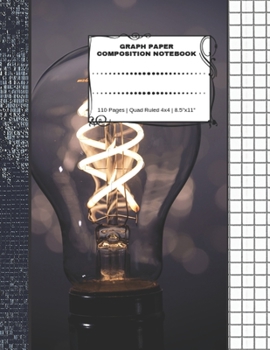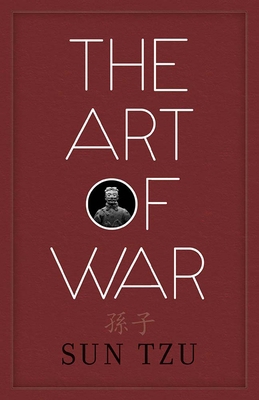Graph Paper Composition Notebook: 110 Pages | Quad Ruled 4x4 | 8.5" x 11": Light Bulb Large Notebook with Grid Paper | Math Notebook For Students
Graph Paper Composition Notebook:
Large 8,5" x 11" dimension110 Blank Graph Grid Pages to write down your NotesPerfect for Students Professionally designed matte softbound cover
Large 8,5" x 11" dimension110 Blank Graph Grid Pages to write down your NotesPerfect for Students Professionally designed matte softbound cover
Format:Paperback
Language:English
ISBN:1694701875
ISBN13:9781694701879
Release Date:September 2019
Publisher:Independently Published
Length:112 Pages
Weight:0.61 lbs.
Dimensions:0.2" x 8.5" x 11.0"
Customer Reviews
3 customer ratings | 3 reviews
There are currently no reviews. Be the first to review this work.




















